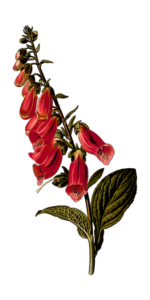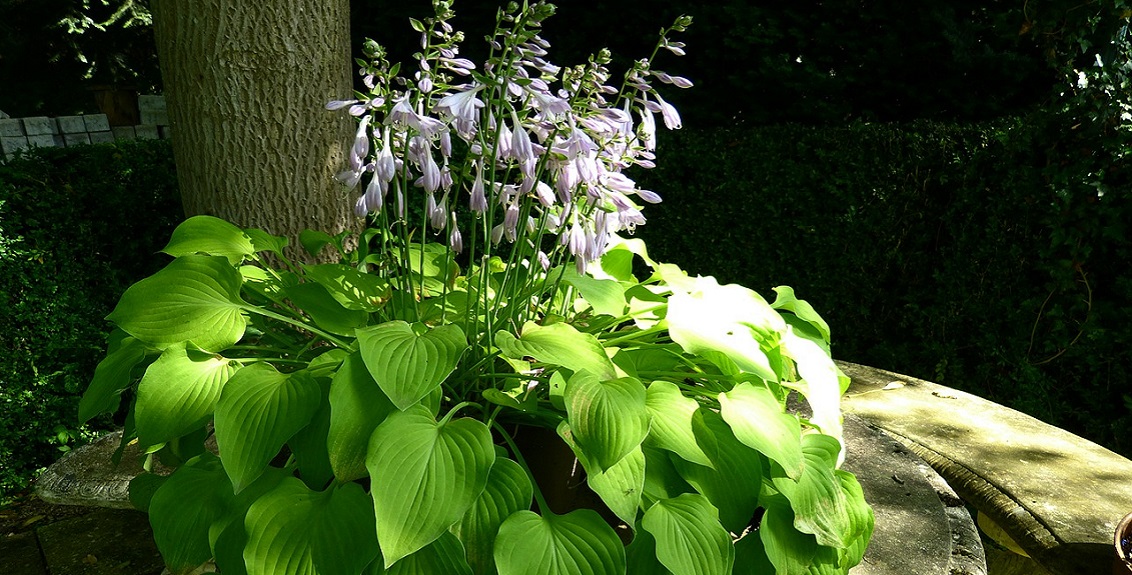A shaded garden area can really limit which types of plants and flowers can grow successfully. But it also opens up a world of possibility for many other types of plants, which do thrive in shaded areas. There are many types of shade – partial shade, dry shade, deep shade and this means that working out the depth of shade you have becomes quite important.
Before you rush out and buy lots of plants, consider how much shade your garden has. How many hours a day is any part of it in shade? This is where the question of partial shade comes in – many plants can stand some partial shade if they get good light for the rest of the day. This video gives you some expert tips and advice on how to transform your shade garden patch into a beautiful planted bed.
There are many types of shade – partial shade, dry shade, deep shade and this means that working out the depth of shade you have becomes quite important.
- Dry shade for example is found in the majority of gardens. It could be up against a wall, adjacent to an area of high bushes, or simply underneath the branches of a tree. This is the most difficult kind of shade in which to grow anything, as it never gets much rainfall. As a result it remains perennially dry. The growing conditions in this kind of shade can be helped by adding organic matter – grass clippings, vegetable waste or compost – to the soil.
- Wet shade however is more likely to be found beside ponds or lakes, or adjacent to woodland and forests. These kinds of areas tend to retain lots of moisture, and to improve this kind of soil, you could add a touch of sand, which should hopefully improve drainage. You could also consider selectively pruning the tree or thinning the hedge if this is what is creating the shade in the first place.
This video gives you some tips about how to choose plants for your shade garden.

